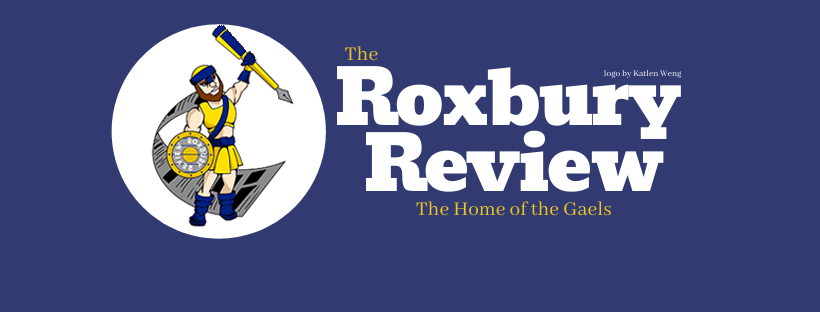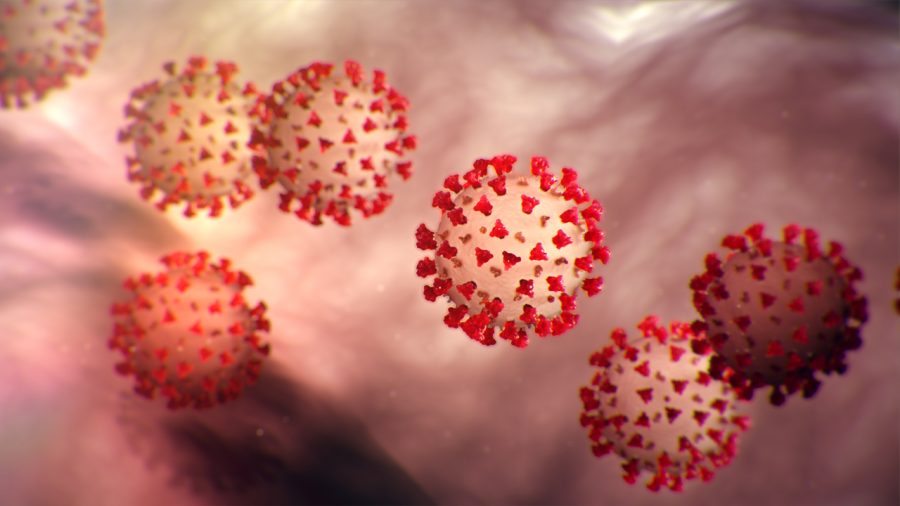Medical Breakthroughs that Were Overlooked in 2020
While everyone has been focusing on COVID-19 cures and vaccines, other great things in the medical community have been happening. During 2020, there were countless advancements in treatment styles, new unheard-of treatments, and therapies that can help lessen the effect of common diseases. Specifically, one of the most innovative advancements has to be the “Genetic Scissors” or the CRISPR/Cas9. In addition to this, is new drug therapy for cystic fibrosis, as well as AFib and hypertrophic cardiomyopathy breakthroughs. Exploring these new treatments will allow us to understand why these are so important. Numerous people don’t realize how common most of these diseases are and how effective these new treatments against them can be.
Starting with the CRISPR/Cas9, a.k.a., Genetic Scissors, they were an extreme innovation among geneticists. Invented and tested by Emmanuelle Charpentier and Jennifer A. Doudna, this machine uses enzymes to slice the damaged DNA, repairing it and making it “normal” again (Healthline 1). When the term “normal” is used, it means to have DNA that is no longer going to be affected by mutations or disorders. Due to the success of this treatment, Charpentier and Doudna won the Nobel Peace Prize in Chemistry. Doctors around the globe are talking about how revolutionizing this invention is. However, there are many people who question the ethics and morality behind this device if it became a common tool used in prenatal. The fear is that people will just be using this device to change genes, changing what a baby will look like, and get rid of possibilities like depression and other mental health issues; this process is known as germline genome therapy (PMC 1). Germline genome therapy by definition is taking a gene, and inserting it into the egg with the sperm, a.k.a., the germ (Medline Plus). However, there are now certain laws in place that prevent this from happening, due to the effect it would have on society and the environment.
In addition to this complicated advancement, the American Heart Association (AHA) has also taken some great strides this past year. The first of the two advancements they made this year is on hypertrophic cardiomyopathy. You may be asking yourself, “what is hypertrophic cardiomyopathy?” Well, someone would be diagnosed with this condition when their “heart muscle thickens and can stiffen (Healthline 2). They found a new drug that can be taken over 30 weeks and help with the condition; this new drug is called mavacamten (PMC 2). In the study, 251 adults participated and 59% were treated with mavacamten and the other 49% with placebo. After the study was completed, they found that “patients on mavacamten had greater reductions than those on placebo in post-exercise LVOT gradient” (PMC 3). What this means is that the participants who were given mavacamten had better results overall. Their condition was lessened and they were able to be more active than those given placebo.
Furthering the AHA’s accomplishments of 2020, they found a new treatment for atrial fibrillation (AFib). Although AFib and coronary heart disease are similar, this new treatment will most likely not help patients with coronary heart disease (Healthline 3). To prove this idea, a study was conducted using 5,179 people who had either moderate to severe ischemia. They grouped people into invasive strategy and conservative strategy. In the end, they found that either group did not have a great success rate and was therefore not useful (Ischemia). This study leads us into the actual treatment for AFib. They have come up with conservative and invasive surgeries to help prevent strokes. Across the board, this treatment has helped so many and can help a plethora of people.
The fourth and final medical breakthrough we will talk about from 2020 is cystic fibrosis. Traditionally, people with cystic fibrosis would be given treatments that attempted to stop and/or prevent effects on their organs and systems. In a sense, they weren’t treating the disease, rather they were almost trying to salvage the rest of your body. Although, this new medication that they have come up with is something different entirely. According to Deborah K. Froh, M.D., FAAP, and Amy B Dettori, M.D., this drug “combines two “corrector” molecules (elexacaftor and tezacaftor) that addresses protein misfolding plus a “potentiator” (ivacaftor) that improves chloride channel opening” (Froh et al. 2020). What this means, is that this therapy allows the chloride channel opening to become larger and corrects the true root of cystic fibrosis.
In conclusion, 2020 was a year full of medical breakthroughs and advancements. Even though it may seem that COVID-19 took over the world, we were still able to make great strides with the vaccine and the advancements listed in this article. There were many more breakthroughs that were not mentioned, so feel free to take some time and look them up if you are interested. Hopefully, this opened your eyes to see that 2020 wasn’t all bad and that we are making great strides in the right direction.

Ashley Vitulli is an ambitious and studious sophomore at Roxbury High School. She has been interested in writing for many years and has truly found a passion...






